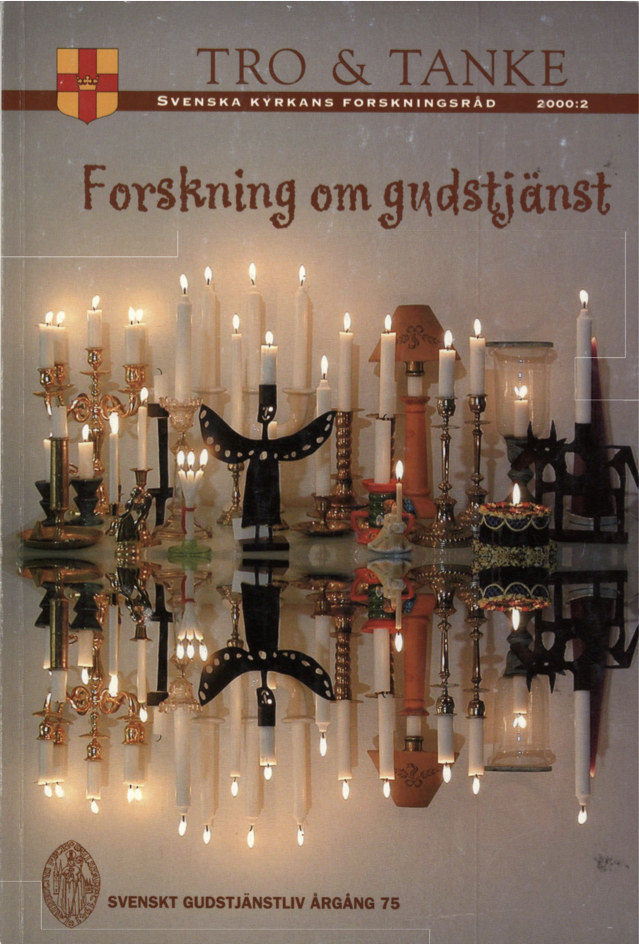Kyrkomusik och gudstjänstliv
Abstract
The aim of this article is to present material from the Swedish discussion of the relation between church music and Christian services in a theological perspective.
The presentation contains four parts: church music and the interpretation of bible texts, church music as a symbol, church music and context, and church music in the light of reflection.
Church music underlining the interpretation of texts. This is an important principle in evangelical-Lutheran tradition. The word of God and salvation by grace are placed in the centre. In the Swedish Hymn Book from 1986 there is a striving for the forming of a close connection between music, hymn texts, and Bible texts. Every text ought to have its own melody. References to Bible texts were frequent in the preliminary material.
Church music as symbol. Within the Swedish hymn committee Pehr Edwall analysed the relation between symbols in music and the textual content— especially Bible texts. Music, he said, must be a part of the reality which it represents. There was, e.g., a discussion about twelve-tone music and its role in expressing the Christian faith. In Norway Harald Herresthal has tried to illustrate the relation between text and music, as has Inger Selander in Sweden. So far, good strategies are missing for an analysing of the relation between music as symbol and content of Christian faith in the hymns.
Church music in context. Musical traditions in their various contexts can give important contributions to the renewal of music in the service. The Church of Sweden has had impressions and new musical perspectives from different countries and churches. In Sweden, folk music traditions and, e.g., jazz have influenced church music, too.
Church music and reflection. One way of describing the function of music in the Christian service is to start a reflection with the help of concepts like experience, message, analysis, dialogue, and meaning. Applying these concepts on the function of church music in services raises questions like: how does music co-operate with texts in creating new experiences in Christian services, how does music help underlining the content of the texts, how can music deepen the analysis about people’s relation to the Christian faith, how can music let people come into dialogue with one another, and how can music perform a deepened experience in the service. Many examples— not least from the masses of different kinds— now presented in Christian churches in Sweden and all over the world, are built on regional musical traditions, and offer good opportunities to reflect upon the relation between text, music, and message.
Downloads
Publicerad
Nummer
Sektion
Licens
© författarna, Laurentius Petri Sällskapet för svenskt gudstjänstliv samt Artos & Norma bokförlag. Det är tillåtet att kopiera och använda material ur Svenskt Gudstjänstliv för forskningsändamål om källan anges. För övriga ändamål kontakta respektive artikelförfattare samt förlaget. Särskilda restriktioner kan gälla för bildmaterial.


